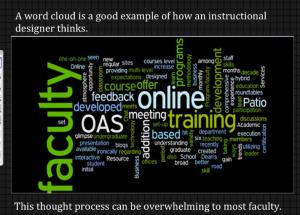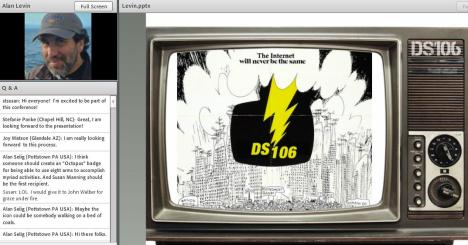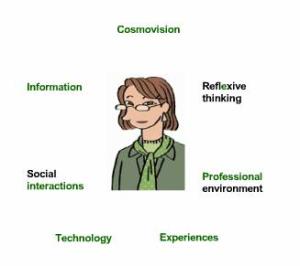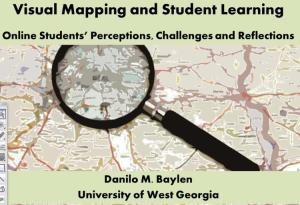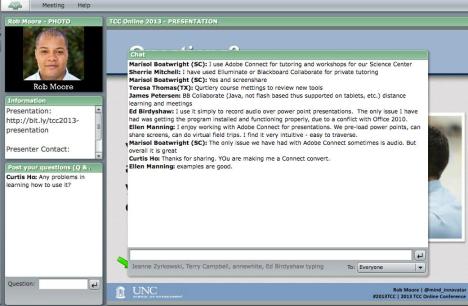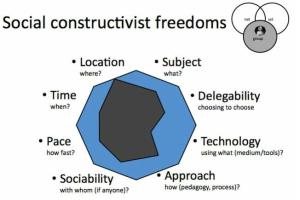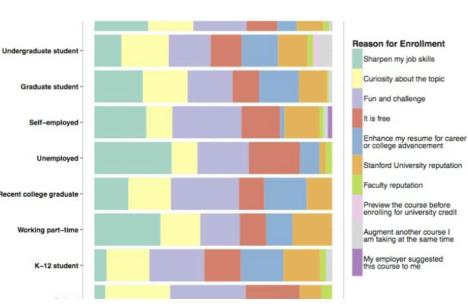By Ross Kerber
BOSTON (Reuters) - One tourist wanted to eat at a restaurant as close to the Boston Marathon finish line as possible. Other well-wishers made a point of buying shoes at the running store just a few steps away from a bomb blast site.
With their dining and shopping dollars, throngs of visitors to Boston's Boylston Street are helping small businesses recover quickly from millions of dollars in losses after the Boston Marathon bombing attacks on April 15.
"The support has been incredible," said Colin Peddie, owner of Marathon Sports, of the customers who have flooded his running goods store close to the racecourse finish - and the site of the first of two blasts that killed three people and injured 264.
Unlike the September 11, 2001 attacks, the last comparable event on U.S. soil, the low-tech bombing of the Boston Marathon left relatively little property damage.
Still, a number of businesses in the area were forced to temporarily close to repair minor damage or wait for police to complete their investigation of crime scene.
Meg Mainzer-Cohen, president of the 500-member local Back Bay Association trade group, said about half of them lost at least some money due to the bombings and their aftermath. She estimated losses total tens of millions of dollars.
Many retailers and restaurants now hope to make up their losses through increased foot traffic from visitors, runners and locals coming to the site of the attacks, she said.
At Marathon Sports, where the blasts blew apart the shopfront, Peddie credited his local insurer with helping him reopen quickly and said the store is on track to recoup the losses as visitors return to the area.
"It's for all the wrong reasons, but for now when someone comes to Boston they're going to take that walk down Boylston Street," Peddie said.
Mark Shapiro, a doctor who had just arrived from San Diego on Friday and was taking pictures outside a packed Marathon Sports, said he and his wife made it one of their first stops.
"We both agreed we wanted to pay our respects, but it was nothing like I expected. I had no idea it would be so crowded," Shapiro said.
Representatives for several investment fund companies and other professional businesses in the area said most employees were able to work remotely during the days much of the area was closed off as a crime scene - including during a citywide shutdown on April 19 as police searched for one of the bombing suspects.
These included International Data Group, the technology research firm whose headquarters are in an office building just next to the site of the first blast.
SEEKING RESTAURANT NEAR FINISH LINE
Some retailers and businesses were less fortunate.
At The Tannery, a fashionable footwear and clothing store at the corner of Boylston and Exeter streets, general manager Gerardo Defabritiis estimated lost sales of more than $100,000 for his store, which has 15 employees.
"We're talking about six figures," he said. Still, only one window was slightly damaged in the attacks and nobody was injured, he said. "We're OK, thank God," he said.
Those likely to wind up hit hardest are doctors, hair salons and other service providers who charge by the visit and cannot easily make up sales such as by staying open later, said Mainzer-Cohen of the Back Bay Association.
"There are only so many hours in the day," she said.
The U.S. Small Business Administration said on Monday it would make available low-interest disaster loans of up to $2 million to help those impacted by the attack. Not all business-interruption insurance covers losses tied to terror attacks.
Mike Ross, a Boston city councilman whose district includes the area, said he has gotten a flood of contacts from out-of-town visitors looking to stop in after the attacks. One man from New York, Ross said, e-mailed for help finding a restaurant as close to the Boston Marathon's finish line as possible.
"We're really pumped," Ross said of visitors' new enthusiasm for the area.
(Reporting By Ross Kerber; Editing by Paul Thomasch and Cynthia Osterman)
Source: http://news.yahoo.com/visitors-help-boston-shops-bounce-back-marathon-attacks-212025839.html
Oscar Pistorius Carnival Triumph charles barkley valentines valentines day George Ferris happy valentines day















 By Stefanie Panke
By Stefanie Panke